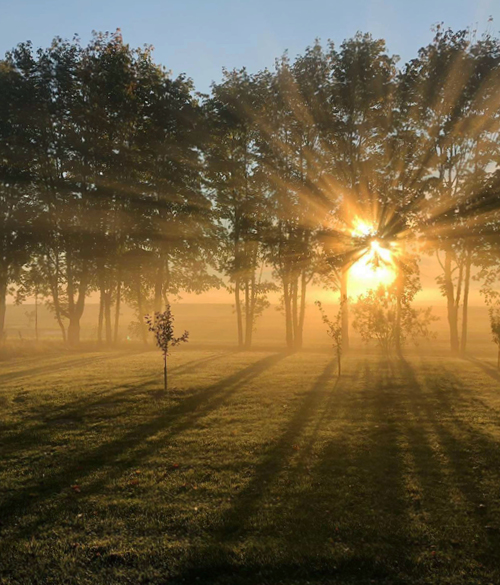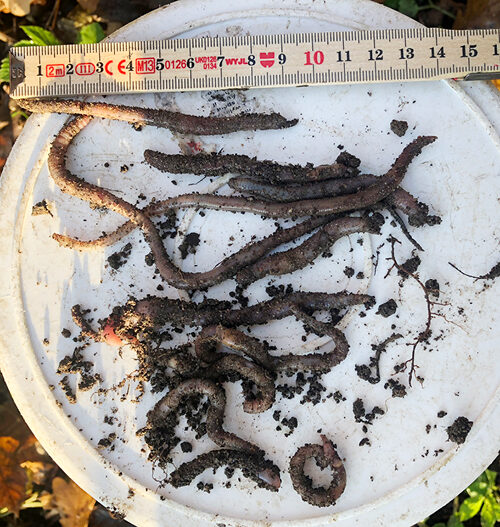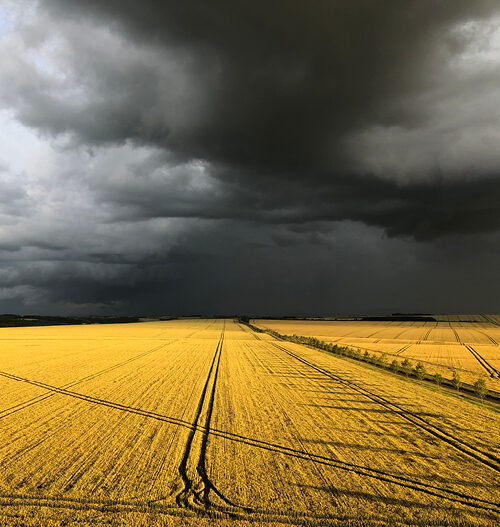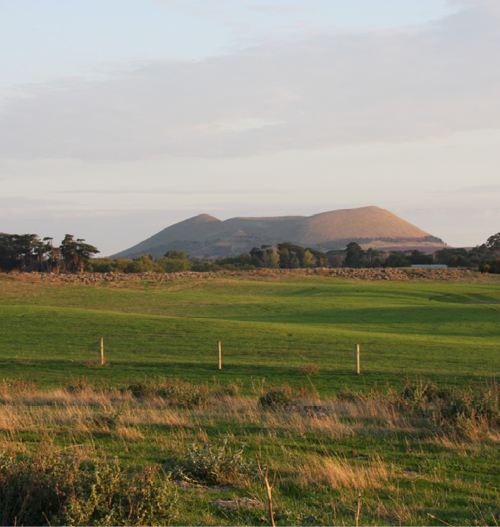Harvesting sunlight
In addition to harvesting our crops, we aim to harvest sunlight all year round. We need our soil to have a permanent cover, as the conversion of sunlight, CO2 and water into sugar and oxygen, also known as photosynthesis, takes place in plants.
Most life on earth depends on photosynthesis and when we harvest sunlight, we produce food for life both above and below ground.
Above ground we produce crops and grasslands that feed both people and animals. We produce feed for our cattle and premium grass-fed beef and lamb for people to enjoy.
Below ground we produce food for our soil microbiology. In exchange for the sugar produced for our soil microbiology, they give the plant minerals and nutrients, ensuring that we can grow a strong and healthy crop.
Instead of only growing crops on our fields which can only be done for part of the year, we also grow cover crops. These are seeded after harvest and prolongs the period of time that the field has a green cover. On part of our farms the cover crops will grow until spring and be replaced by a new crop. On our farms located in colder climates where the cover dies during winter, the residues will still protect the soil as an armour and slowly decompose so that the carbon is stored in the soil.
As well as covering our fields with a green cover and utilising every ray of sunlight, we protect our soil from wind and water erosion, keep the moisture content in the soil, decreasing the risk of drought, and we remove carbon from the atmosphere.





